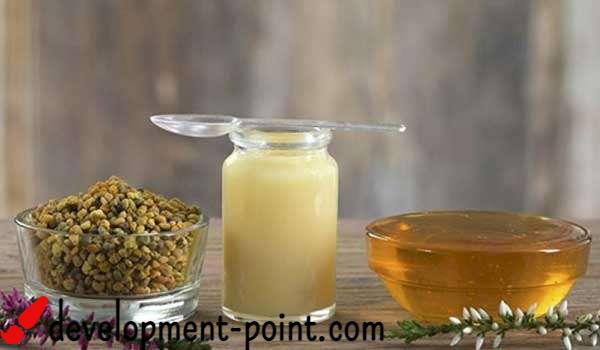What you need to know about rhubarb and its benefits
Rhubarb or rhubarb is one of the plants that contain some nutrients, and many people use it in cooking recipes, and the plant grows in many countries of the world, and in this article we will present an overview of this plant.
What is rhubarb?
Rhubarb or rhubarb is known for its red, pink, or pale green stems. The shape of rhubarb is somewhat similar to celery, and it is characterized by an acidic taste. It is used in many countries where it is cooked and sweetened with sugar. In addition, the roots are used medicinally.
The growth of the plant thrives in the winter season, so it generally grows on mountains and regions with a suitable climatic nature around the world, and there are many species of it.
There is a long history of rhubarb in ancient Chinese medicine, as well as other civilizations such as the Arab civilization, the civilizations of the Romans and the Greeks.
What does rhubarb taste like?
The taste of rhubarb is sour and sour, and it resembles the taste of green apples, so many people prefer it only cooked, and it is sweetened and eaten in many countries, and its sweetening is associated with the addition of strawberry flavor.
Nutrition facts
Rhubarb is low in calories, so it may be included in diets for weight loss, and rhubarb contains the following:
- carbohydrate.
- protein.
- fiber.
- Vitamin K.
- Vitamin B complex.
- Vitamin C.
- Calcium.
- potassium.
- magnesium.
- beta-carotene, which converts to vitamin A.
- Antioxidants.
The health benefits of rhubarb
There are many health benefits of rhubarb, which are as follows:
1. The benefits of rhubarb to clean the stomach
Rhubarb may be used for colon, as it acts as a laxative due to its fiber content, and helps in regular bowel movements. In traditional medicine, it is used to treat constipation in cases such as hemorrhoids, fistula, and anal operations. This herb also helps prevent digestive disorders such as flatulence and cramps.
2. Promotes bone health
Because this plant contains vitamin K, it promotes bone health and growth, in addition to the presence of calcium and other minerals, it protects against the risk of osteoporosis.
3. It may improve blood circulation
Rhubarb contains small amounts of iron and copper, which are mainly involved in the production of red blood cells.
4. Promote heart health
Since the herb contains fibers that help lower harmful cholesterol levels, and it contains antioxidants, it may help reduce the risk of heart disease.
5. Other health benefits:
It is believed to have other health benefits such as the following:
- Vision improvement: Because it contains beta-carotene and vitamin C.
- Boost immunity: For the presence of vitamin C.
- Improve skin health: For the presence of antioxidants.
How to use rhubarb
Rhubarb is used in many dishes and meals as follows:
- Rhubarb pie with strawberry flavor.
- cupcakes
- Used in juices.
- Used in making jam.
- It is used to make rhubarb sauce.
- Ground rhubarb may be used in spice blends.
Rhubarb side effects
Sources indicate the following:
- There are warnings for those suffering from kidney stones, as rhubarb contains calcium oxalate, which is mainly present in the leaves and stems, which may exacerbate the condition, so be careful when eating it.
- For people taking anticoagulant medications, consult a physician first before taking them, as the herb contains vitamin K, which may interfere with the medication warfarin.
- For pregnant and lactating women: Follow the doctor’s instructions regarding your diet, and ask him about the possibility of taking this herb.
Important Alert: Despite the previously mentioned health benefits, this does not mean that you should not consult a doctor and take prescribed medications.

